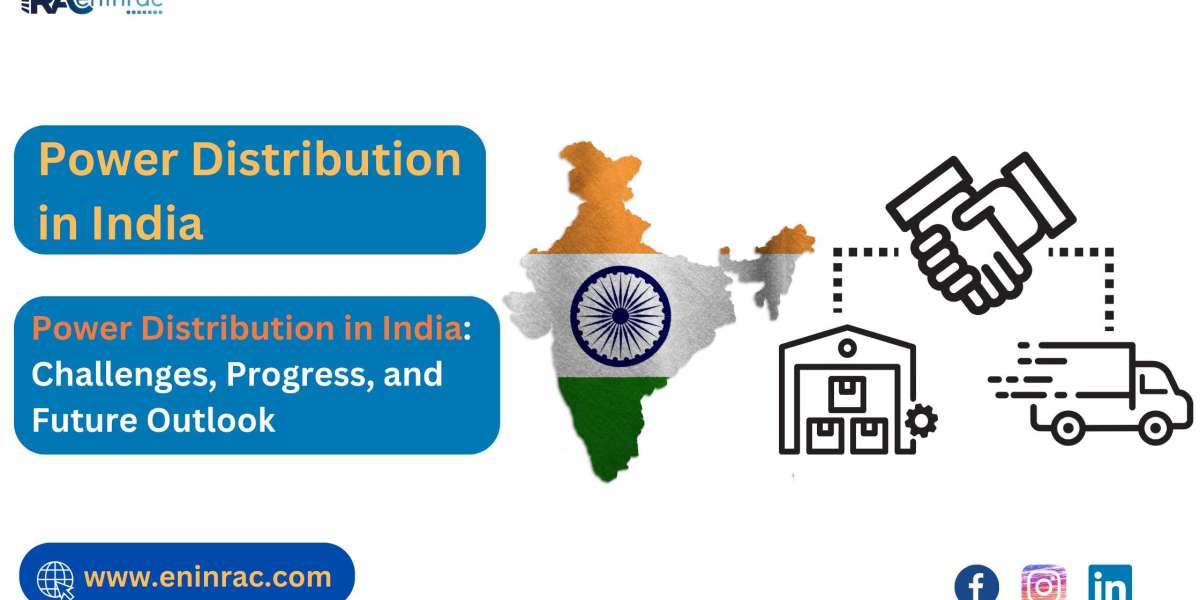Power distribution in India stands as a critical component of the nation’s infrastructure, playing a pivotal role in driving economic growth, industrial development, and societal progress. With a rapidly expanding population and growing energy demands, India’s power distribution sector faces a myriad of challenges alongside promising advancements. In this comprehensive exploration, we delve into the dynamics of power distribution in India, examining the challenges, progress made, and the future outlook for the sector.
Evolution of Power Distribution in India
India’s journey in power distribution has been marked by significant milestones and transformations. Historically, the power distribution sector was predominantly characterized by state-owned utilities responsible for electricity generation, transmission, and distribution. However, with economic liberalization and reforms in the 1990s, the sector witnessed the introduction of private players, regulatory reforms, and initiatives aimed at improving efficiency, reliability, and accessibility of electricity across the country.
Challenges in Power Distribution
Infrastructure Deficiencies:
Despite considerable progress, India’s power distribution infrastructure still faces challenges such as inadequate transmission and distribution networks, voltage fluctuations, and losses during transmission and distribution.
Financial Viability:
Many state-owned distribution utilities struggle with financial viability due to issues like high Aggregate Technical and Commercial (AT&C) losses, low revenue collection efficiency, and subsidized tariffs.
Operational Efficiency:
Ensuring operational efficiency remains a challenge, with issues such as outdated metering systems, power theft, billing inefficiencies, and lack of automation hindering effective service delivery.
Renewable Energy Integration:
While India has made significant strides in renewable energy deployment, integrating renewable sources into the power distribution grid poses technical and operational challenges, including grid stability, intermittency, and storage capabilities.
Progress and Initiatives
Ujwal DISCOM Assurance Yojana (UDAY):
Launched in 2015, UDAY aimed to revive financially distressed distribution utilities by restructuring debts, reducing AT&C losses, improving operational efficiency, and promoting financial discipline.
Smart Metering and Technology Adoption:
Initiatives such as the implementation of smart metering systems, distribution automation, and grid modernization projects are enhancing efficiency, reducing losses, and enabling better demand-side management.
Renewable Energy Integration:
The government’s focus on renewable energy through schemes like the National Solar Mission and Wind Energy Programme has led to significant capacity additions and integration of renewable energy into the distribution grid.
Policy Reforms and Regulatory Framework:
Reforms in the regulatory framework, including the Electricity Act amendments and the introduction of competitive bidding in procurement, are aimed at promoting transparency, competition, and efficiency in the sector.
Future Outlook and Opportunities
Rural Electrification and Last-mile Connectivity:
Expanding access to electricity in rural and remote areas remains a priority, presenting opportunities for decentralized renewable energy solutions, microgrids, and off-grid systems to bridge the gap.
Smart Grids and Digitalization:
The adoption of smart grid technologies, IoT-enabled devices, and digital platforms will revolutionize power distribution, enabling real-time monitoring, predictive maintenance, and demand response mechanisms.
Energy Storage Solutions:
With advancements in battery technology and declining costs, energy storage solutions will play a crucial role in addressing intermittency issues associated with renewable energy integration and enhancing grid stability.
Private Sector Participation:
Encouraging private sector participation through public-private partnerships (PPPs) and regulatory incentives will promote competition, investment, and innovation in the power distribution sector.
Conclusion: Charting the Path Forward
Power distribution in India stands at a pivotal juncture, poised for transformation and innovation. While challenges persist, significant progress has been made, driven by policy reforms, technological advancements, and strategic initiatives. The future of power distribution in India lies in embracing a holistic approach that integrates renewable energy, digital technologies, and efficient management practices to ensure reliable, affordable, and sustainable electricity access for all. By leveraging opportunities, addressing challenges, and fostering collaboration between stakeholders, India can realize its vision of a robust and resilient power distribution infrastructure that powers inclusive growth and prosperity for its citizens.
More market research, advisory consulting services to discover
At Eninrac, we offer a wide range of, advisory consulting solutions, from We put ‘search’ in research to help expand your business with ease. Discover all the possibilities now.



